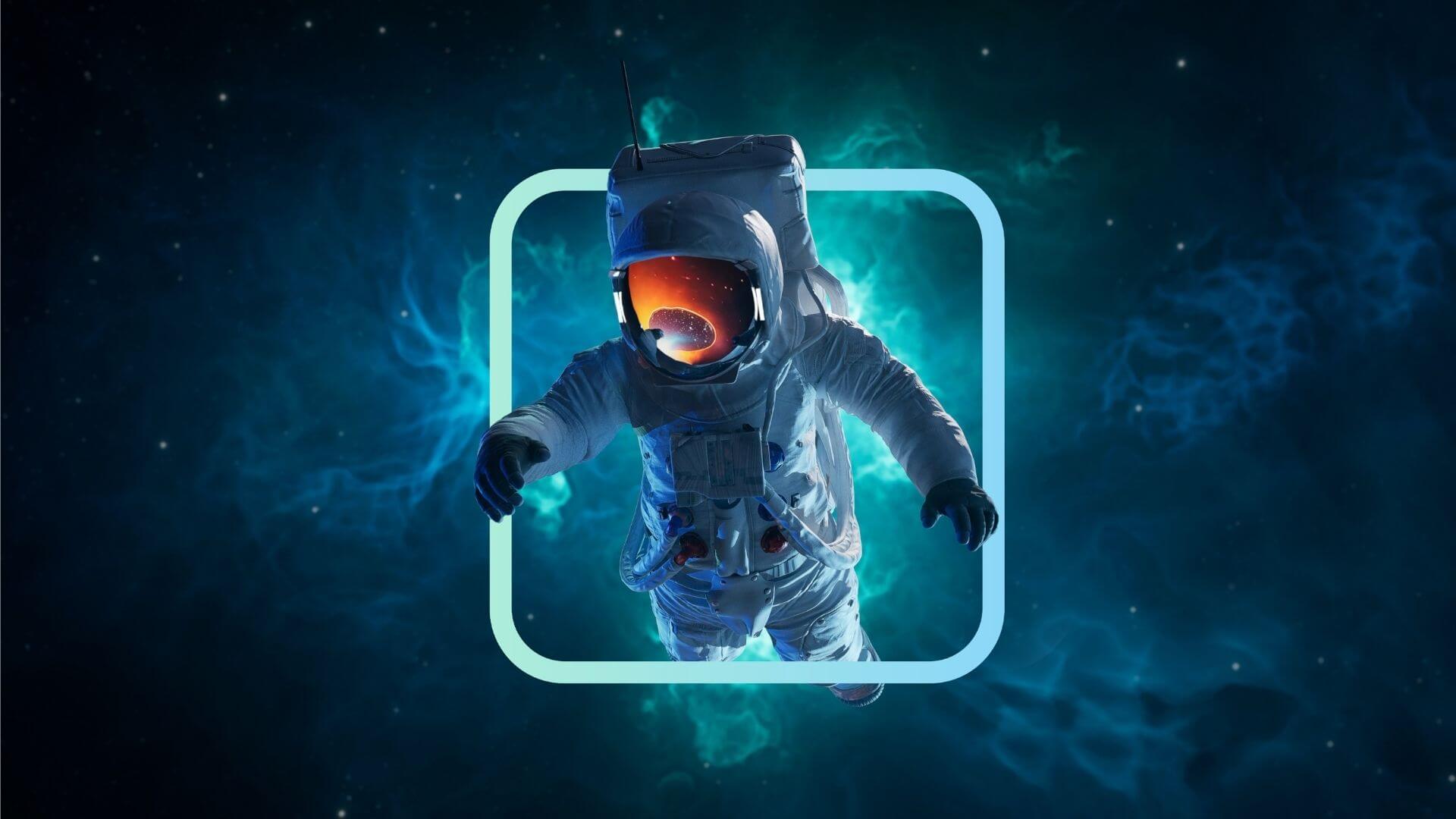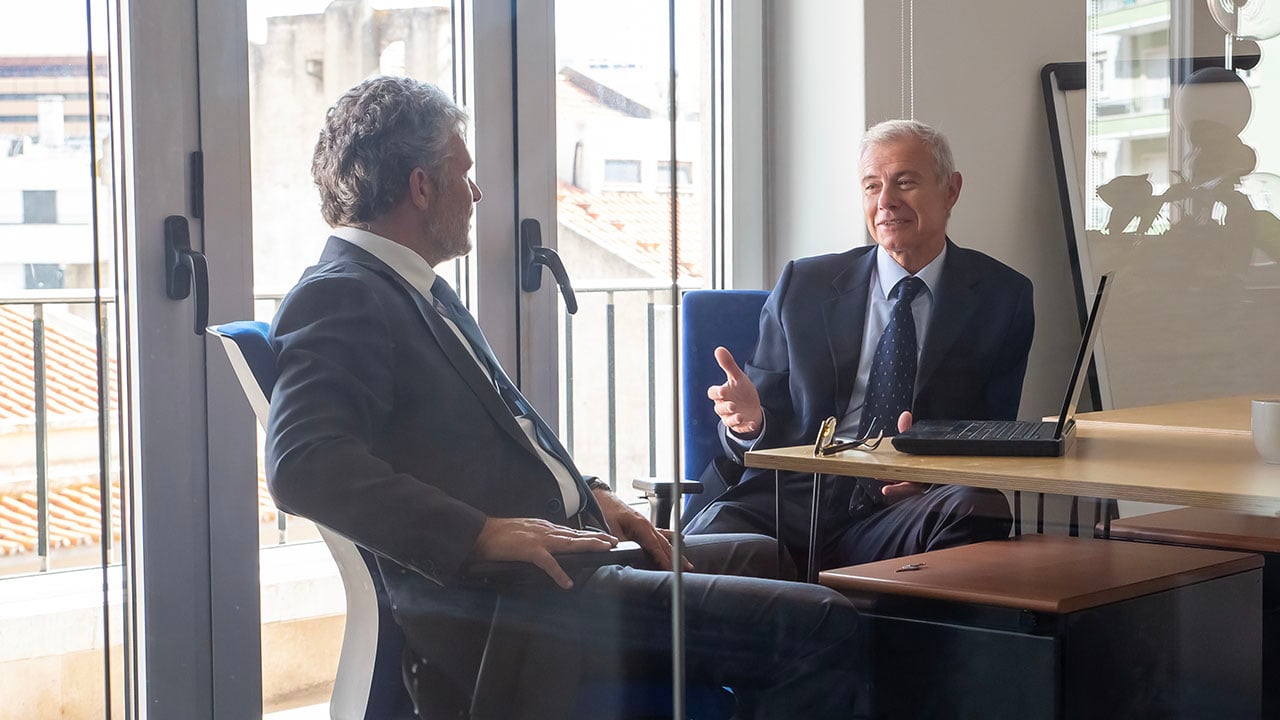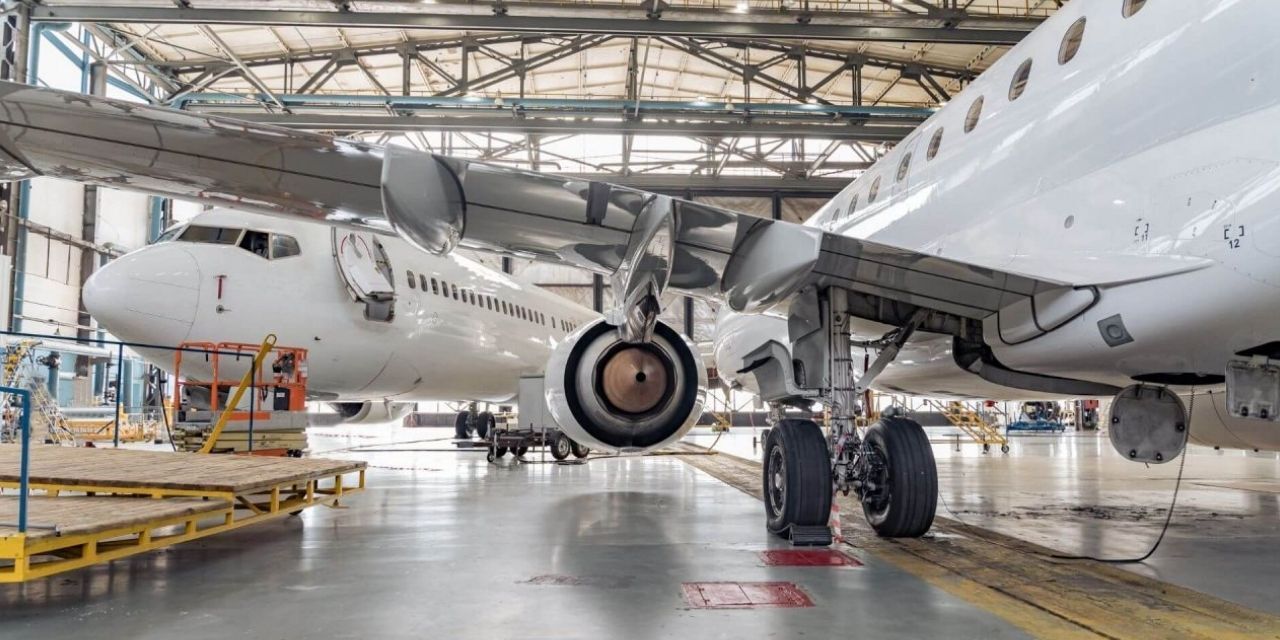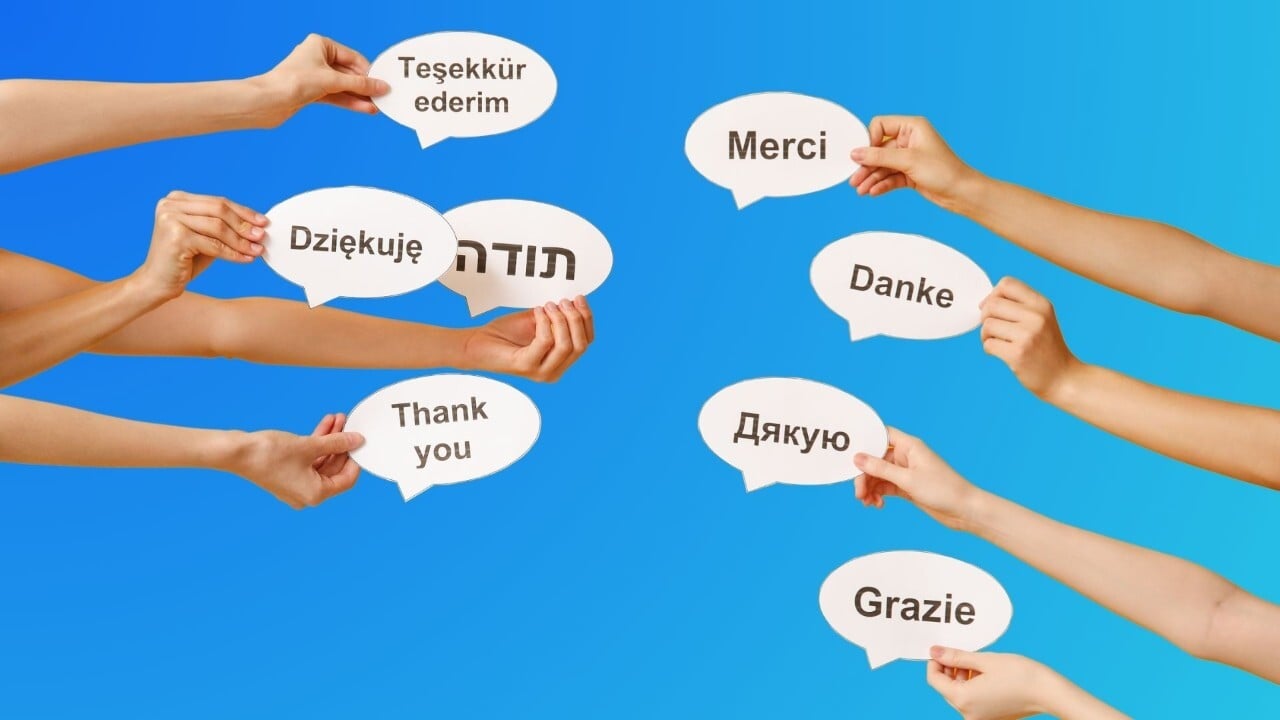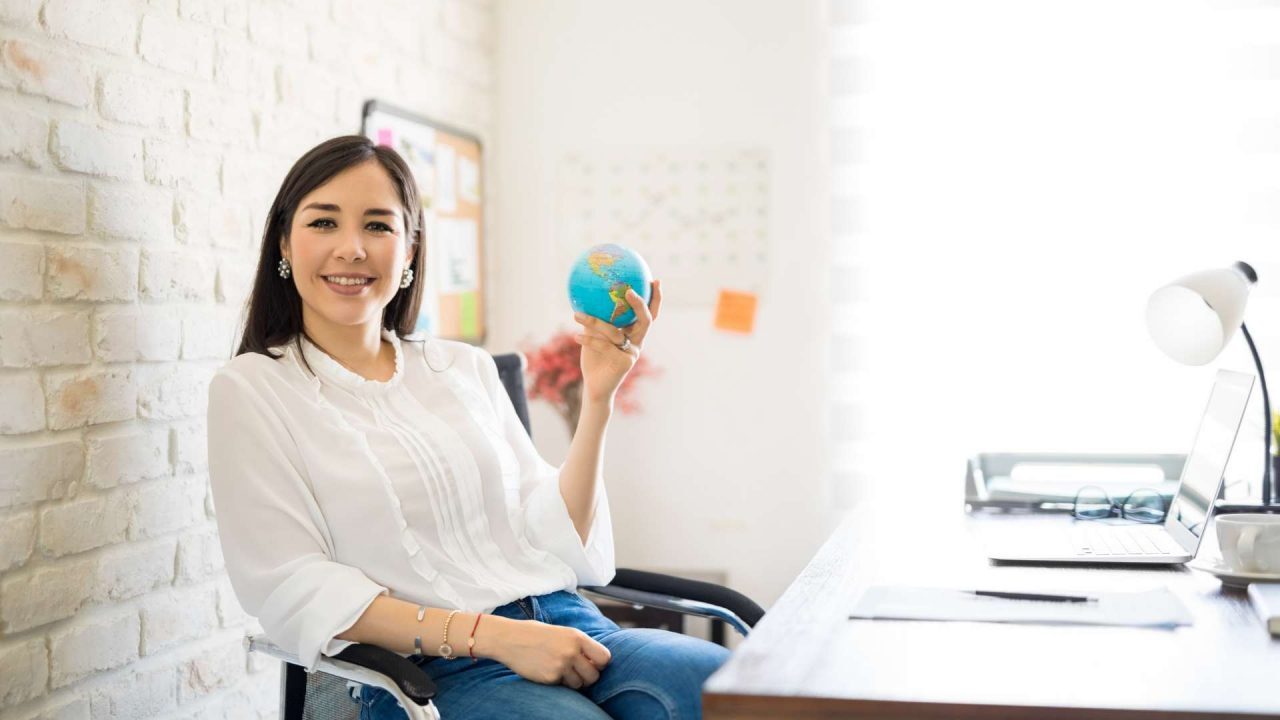Boardrooms, LinkedIn comments, and webinars are still abuzz with discussion of the AI revolution and how it’s impacting translation and localization. Though not expressly designed for translation, LLMs are increasingly being used for creating multilingual content – however, the debate continues about their effectiveness for these tasks.
But what do the experts say?
- How do AI models compare to the specialized Neural Machine Translation (NMT) engines?
- Are they viable for large-scale localization or better suited for creative and niche tasks?
- What ethical, regulatory, and data security challenges do they present?
- Do open-weight AI models like DeepSeek offer a real alternative to proprietary solutions?
- Let’s take a look, with the help of some expert opinions, at the evolving AI translation landscape and what it means for the future of multilingual content.
AI Translation: How Do LLMs Compare?
While LLMs aren’t necessarily built for translation, many industry professionals and organizations have been testing how they perform against established Neural Machine Translation (NMT) systems.
Some models, such as Deepseek’s latest V3 and R1 models, have been praised for their reasoning capabilities, while users report great results for fluency and creativity with models like GPT4 and Claude.
- DeepSeek: Some experts suggest its Chinese-English translation quality surpasses that of other models. It's also particularly strong as mathematical reasoning tasks. However, some early tests show it may struggle with contextual nuance compared to some other models.
- ChatGPT & Claude: These models are preferred by many for high-quality, nuanced, and creative translations, often for marketing or creative content. They can also be useful for stages within localization workflows. In one recent study, Claude Sonnet was evaluated by experts as the best translation model in several language pairs for general translation tasks.
- Gemini & LLaMa: Google’s Gemini models are integrating multimodal capabilities, improving contextual understanding across different types of content, while Meta’s LLaMa focuses on efficiency and adaptability for various AI tasks.
Industry Insight
Nimdzi industry expert Renato Beninatto, who outlined his thoughts on the major trends to shape the Language and Content Industry in 2025 in our exclusive ebook, carried out an experiment to test a translation error and discovered an interesting difference between GPT-4o and DeepSeek V3 when translating a particularly tricky Spanish phrase.
He posted on LinkedIn: “This experiment reveals a significant gap in reasoning capabilities between these AI models. While DeepSeek showed strong grammatical analysis, it struggled with the broader context. ChatGPT demonstrated superior reasoning by understanding the relationship between the content's premise (four words) and the translation.”
Cost-Effective AI Translation? A New Era
Cost is a major consideration for many leaders looking to push the adoption of AI models in content creation and localization. While many of the big AI players have similar token prices, one of the major disruptors in terms of LLM cost has been the arrival of DeepSeek.
Said to have been trained for a fraction of the cost of its rivals, DeepSeek’s cost per token is generally far less than its rivals. This lower cost is likely to mean harnessing the power of an LLM becomes far more financially viable for smaller businesses and other organizations.
LLM costs are likely to trend downwards. But for many businesses that have already invested in building a term base or translation memory with neural machine translation, or for high-volume use cases, it might remain more cost-effective for now to continue to use NMT – especially since NMT can process large volumes of content more quickly.
Industry Insight
“There’s no one-size-fits-all all approach when it comes to choosing to use an LLM or NMT for translation. The most cost-effective solution depends on the type of content, the target audience, content volume, and many more factors. That's why Language Service Providers – with their expertise in implementing both NMT and AI solutions - are uniquely positioned to help find the right balance.”
— Pavel Soukenik, Head of Global Solutions, Acolad
